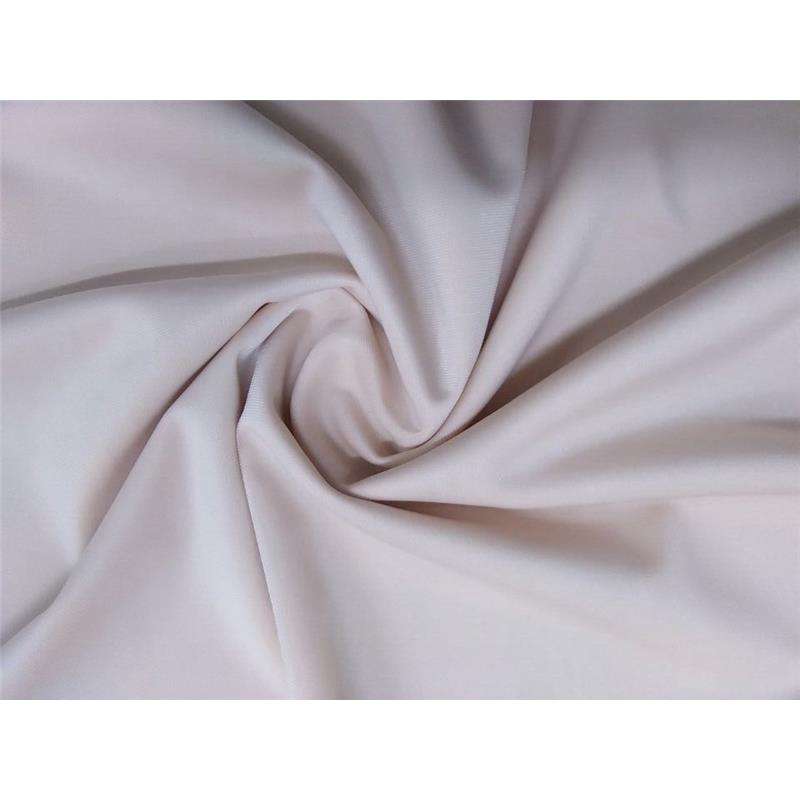What are the main characteristics of nylon fiber?
Nylon has good moisture absorption, the highest strength among synthetic fibers, good resilience, low glass transition temperature, poor alkali resistance, and poor light resistance.
1. Strength: Nylon fiber has the highest strength among synthetic fibers, with a dry strength of 42.3~56.4cN/tex for nylon 6;
2. Elasticity: Nylon has good elasticity recovery performance, with an elasticity recovery rate of 93% to 99% when stretched by 10%. Easy to deform under low load. The best durability is about 10 times that of cotton, 20 times that of wool, and 140 times that of viscose fibers when wet. Poor wrinkle resistance of fabrics and shape retention of finished garments;
3. Wear resistance: Wear resistance ranks first among textile fibers and is also the biggest feature of nylon fibers;

4. Embracing ability: Embracing ability is worse than that of polyester and wool fibers;
5. Specific gravity and moisture absorption: Nylon has a lower specific gravity and lighter weight, and has better moisture absorption than polyester fibers. Its moisture regain rate under standard atmospheric conditions is around 4.5%. Good dyeing performance, can be dyed with dispersible dyes, acid dyes, and other dyes;
6. Heat resistance and flame retardancy: Nylon fibers have poor heat resistance and thermal stability, and their strength varies with temperature; The glass transition temperature of nylon is relatively low, ranging from 45 to 60 ℃. The melting point of nylon 6 is 210 to 215 ℃, the differentiation point is 300 ℃, and the melting point of nylon 66 is 255 ℃. Nylon has poor heat resistance and will shorten when exposed to heat. Its shortening rate in boiling water is as high as about 11.5%. If it persists at a high temperature of 150 ℃ for 50 hours, the fiber will turn yellow and lose its practical value.
7. Light resistance: Poor light resistance, with a significant decrease in strength after exposure to sunlight, but resistant to corrosion, non moldy, and less susceptible to insect infestation;
8. Acid and alkali resistance: Good alkali resistance but poor acid resistance. After being treated with 10% caustic soda solution at 95 ℃ for 16 hours, the strength was basically not lost. Nylon can dissolve in various concentrated acids. 59% sulfuric acid and hot formic acid and acetic acid can dissolve nylon, while 15% and 20% hydrochloric acid can separately dissolve nylon 6 and nylon 66.
9. Chromaticity: It has better dyeing performance among synthetic fibers;
10. Electrical properties: Poor conductor of electricity, good electrical insulation.
Article source: Nylon colored yarn
-
05-27
The reason why fabrics containing spandex are prone to yellowing
Spandex is a commonly used fiber variety in our daily lives, characterized by good elasticity, low fineness, high elastic modulus (cracking elongation can reach 400-800), and low specific gravity. Spa
-
04-24
Colored non dyed nylon with synthetic fiber raw material
The current conventional fiber coloring mostly uses yarn dyeing method, which has long process, high loss, high cost, and the product has color difference and low color wash fastness. Yarn is prone to
-
03-26
What are the characteristics of non dyed spandex?
Non dyed spandex has also been widely used in recent years. Non dyed spandex fiber can be blended with fibers such as nylon, polyester, acrylic, cotton, wool, etc., which can give fabrics excellent el
-
02-24
The influence of yarn structure on fabrics
The basic characteristics of yarn include its appearance and shape, twisting characteristics, fiber transfer and distribution characteristics in the yarn, as well as the surface fuzz and internal loos
